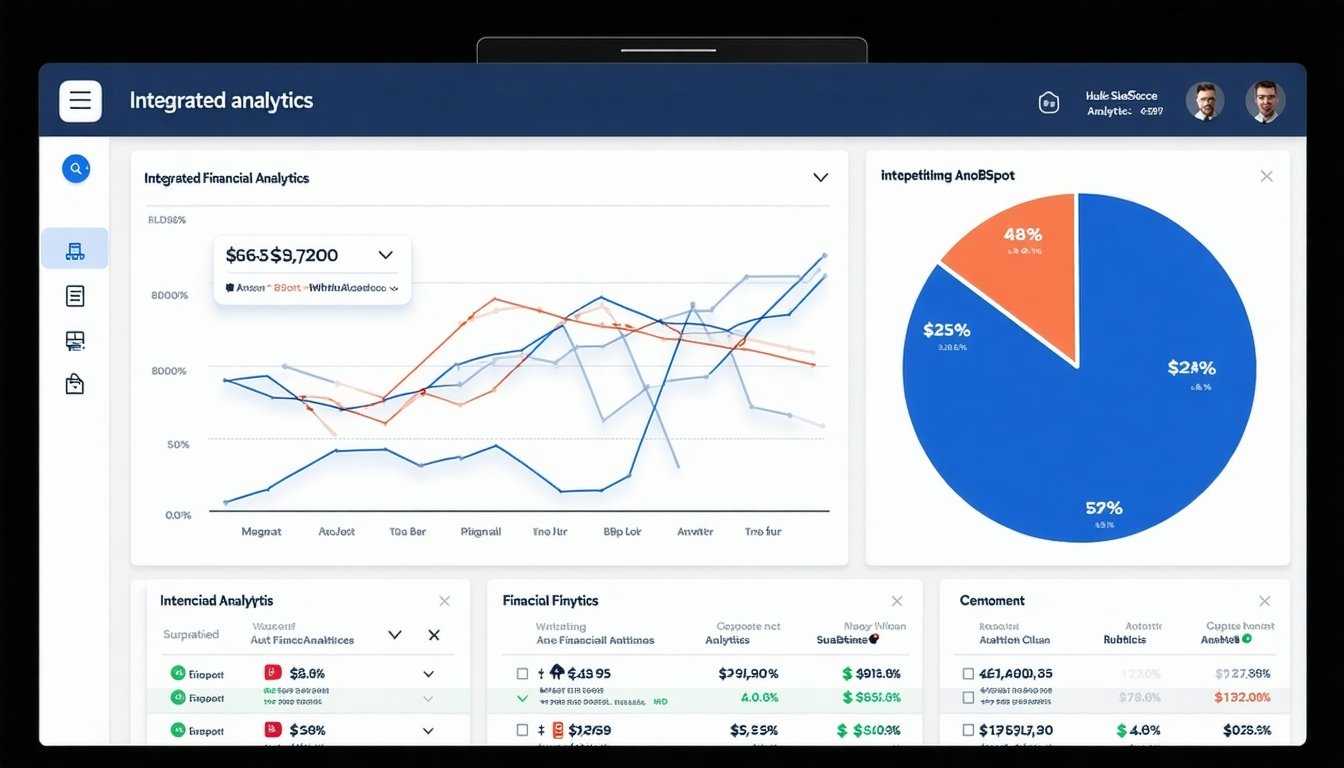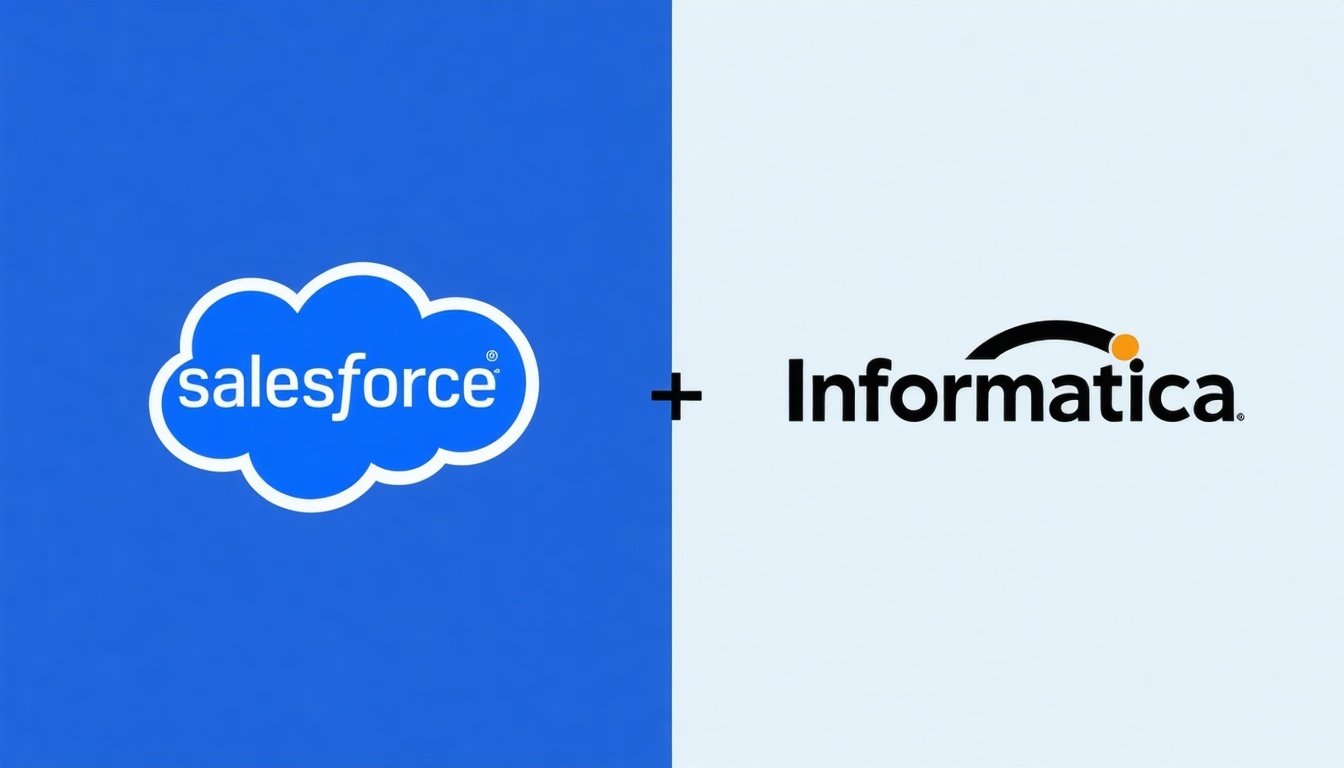
Discover how integrating Salesforce and HubSpot can revolutionize business processes in the financial services industry, driving efficiency, enhancing customer experience, and ensuring compliance.
Transforming Financial Services with Business Process Automation
In today's competitive financial services landscape, optimizing business processes has become essential for institutions looking to increase efficiency, enhance customer experiences, and drive growth. By leveraging the capabilities of Salesforce and HubSpot, financial institutions can transform their operations across banking, wealth management, insurance, and other sectors.
Business process optimization is the practice of improving organizational efficiency by enhancing processes. For financial services, this means streamlining workflows, eliminating redundancies, improving communication, and forecasting changes to achieve optimized business goals. Effective optimization delivers tangible benefits such as increased operational efficiency, better service delivery, enhanced customer relationships, and ultimately, increased profits.
Key Features of Salesforce Financial Services Cloud for Optimization
Salesforce Financial Services Cloud (FSC) is a CRM solution built on Salesforce Sales Cloud and Service Cloud, enhanced with industry-specific features, data models, and workflows designed for the finance industry. It enables financial institutions to manage customer relationships, simplify complex processes, and embed compliance directly into everyday workflows.
Salesforce FSC offers several critical capabilities for financial services process optimization: enhanced customer relationship management, workflow automation, data-driven insights, regulatory compliance, and personalized client experiences. Recent innovations such as Agentforce for Financial Services provide AI-powered digital workers to handle routine tasks, further automating repetitive processes while maintaining compliance.
Leveraging HubSpot for Enhanced Client Engagement and Marketing
HubSpot offers comprehensive CRM capabilities tailored to financial services needs, including real-time data and reporting, workflow automation, marketing and client acquisition, sales pipeline management, and customer service optimization. These features help financial institutions enhance lead nurturing strategies, improve sales processes, and optimize customer support.
HubSpot's custom object capabilities allow firms to create objects that represent unique business entities such as loans, policies, or investment portfolios. This structured approach enables automation based on custom object data, providing tailored reporting and visualization options.
Integrating Salesforce and HubSpot: A Comprehensive Approach
Integrating HubSpot and Salesforce bridges the gap between marketing and sales, ensuring seamless data flow, improving efficiency, and enhancing customer engagement. For financial services, integration provides a unified view of customer interactions, streamlined lead management, enhanced collaboration, and improved data consistency.
The cost of integrating Salesforce and HubSpot for financial service providers varies based on factors such as integration complexity, customization requirements, data migration, compliance and security needs, and ongoing support. By following best practices for data mapping, custom object setup, pipeline customization, regular audits, and platform updates, financial institutions can achieve successful integration and optimization.
Best Practices for Implementation and Future-Proofing Financial Services
For successful implementation in financial services, it is crucial to focus on data architecture and management, workflow automation, change management and adoption, and compliance and security. Establishing clear entity relationships, eliminating data silos, implementing data governance, and setting up intelligent routing are essential steps.
Additionally, ensuring executive sponsorship, phased implementation, user training, and feedback loops will help achieve successful adoption. Compliance and security considerations, such as role-based access control, audit trails, automated compliance checks, and data encryption, must be prioritized throughout the implementation and ongoing operations.




